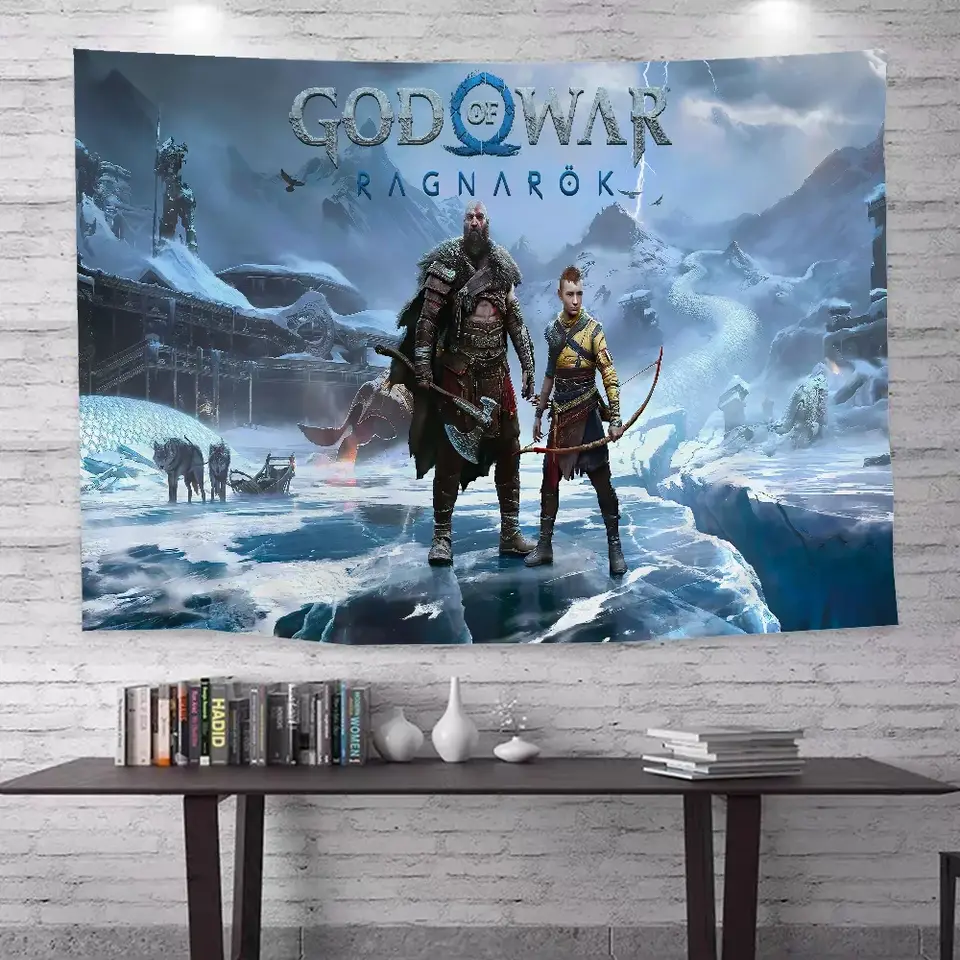📋 Table of Contents:
Pokémon: A Quarter-Century Journey of Capturing the World's Heart
From the moment a boy named Ash stepped out of Pallet Town on his first adventure over a quarter-century ago, the world of gaming was irrevocably changed. This is not merely a video game series; it is a cultural touchstone, a shared memory, and an emotional bond that ties generations together. This is the phenomenon of Pokémon.
The Pokémon game series, created by Satoshi Tajiri, developed by Game Freak, and published by Nintendo, has evolved from a simple adventure on the Game Boy into a multi-dimensional empire encompassing mainline and spin-off games, an anime series, blockbuster films, and a lucrative trading card game. Yet, the heart of this global sensation continues to beat within its core RPG titles.
The Core Philosophy: "Gotta Catch 'Em All!"
At the heart of every mainline Pokémon game lies a holy trinity of gameplay loops that has captivated players for decades:
Exploration and Capture: You journey through a vibrant world as a Pokémon Trainer, aiming to discover and befriend wild Pokémon creatures using Poké Balls. The thrill lies in the unknown; you never know which creature will appear in the tall grass.
Battling and Training: Your bond with your Pokémon grows by training them and engaging in strategic turn-based battles against other Trainers. These fights, based on a complex rock-paper-scissors system of elemental types (Water, Fire, Grass, etc.), are a test of skill and foresight.
Achievement and Competition: The ultimate goal is to challenge the eight Gym Leaders of the region, culminating in the supreme challenge: the Pokémon League, where you face the most powerful Trainers (the Elite Four and the Champion) to claim the title.
This simple yet profoundly engaging loop created a recipe for addiction that players have craved for generations.
Visual and Mechanical Evolution: From Pixels to Open World
The series has undergone a remarkable technical and artistic evolution:
The First Generation (Red, Blue, Yellow): On the original Game Boy, the world was a simple overhead perspective with monochrome pixel art. The magic was in the imagination it inspired.
The Third Generation (Ruby, Sapphire, Emerald): On the Game Boy Advance, colors became vibrant, and new environmental weather effects like waves and rain brought the world to life.
The Fourth Generation (Diamond, Pearl, Platinum): On the Nintendo DS, the games introduced 3D models during battles while maintaining a top-down view for the overworld.
The Sixth Generation (X, Y): On the Nintendo 3DS, the series leaped fully into 3D, giving the world and its creatures a new layer of depth and personality.
The Eighth & Ninth Generations (Sword/Shield, Scarlet/Violet): On the Nintendo Switch, Pokémon finally embraced a fully open world in Scarlet and Violet's Paldea region. Players could explore freely in any direction, realizing a dream fans had held for decades.
The Secret to its Enduring Success: A Formula That Works
Accessibility for All: The games are famously easy to understand for beginners but contain hidden depths for professionals who delve into competitive battling, EV training, and complex stat management.
The "Gotta Catch 'Em All" Drive: The core directive taps into a primal collecting instinct. The requirement to trade between versions to complete the Pokédex (beginning with a Link Cable) encouraged social play and collaboration, becoming a cornerstone of its success.
Nostalgia and Renewal: Each new generation attracts a wave of new, young fans while veteran players continue their journey, driven by nostalgia and a desire to see how their beloved world evolves. New games always introduce fresh mechanics like Mega Evolution, Dynamaxing, and Terastallization to keep the experience exciting.
Heart and Narrative: At its core, Pokémon tells a story about friendship, perseverance, hard work, and compassion. The bond between a Trainer and their partner Pokémon is an emotional hook that resonates deeply with players of all ages.
Challenges and Criticism
Despite its success, the franchise has faced growing criticism:
Formulaic Structure: Critics argue the core formula has become repetitive and predictable, with too few radical changes between generations.
Technical Performance: Particularly in recent Switch titles like Scarlet and Violet, the games have been criticized for performance issues, frame rate drops, and graphical glitches that seem at odds with the console's capabilities and the franchise's stature.
Perceived Difficulty: Some long-time fans feel the modern games have become too easy and hand-holding, reducing the sense of challenge and accomplishment that defined the earlier titles.
Conclusion: More Than a Game
The Pokémon games are a tapestry of memories. They are the memory of your first Gym Badge victory, the joy of finding a rare Shiny Pokémon, and the spirit of competition with friends. They have transcended their status as entertainment products to become a cultural companion for millions around the globe.
They remind us that adventure is always just outside your doorstep, that friendship can be found in the most virtual of creatures, and that the pursuit of a dream, no matter how large, begins with a single encounter on the route ahead.










.jpg)